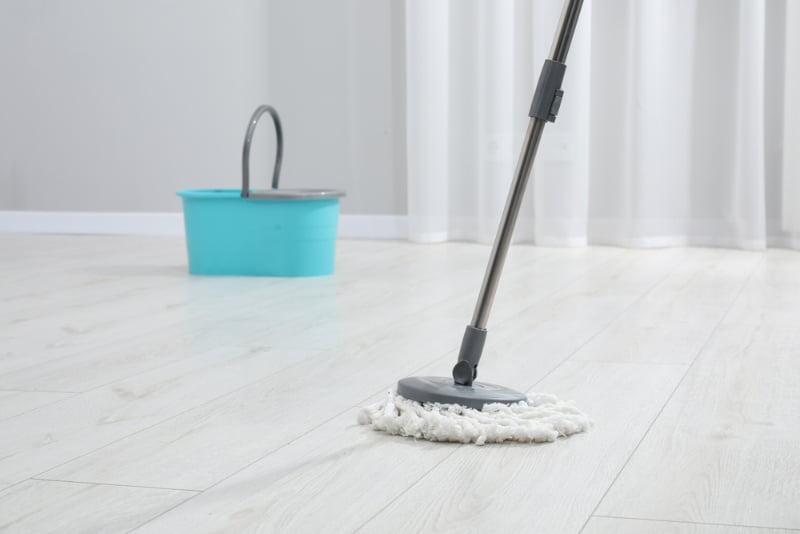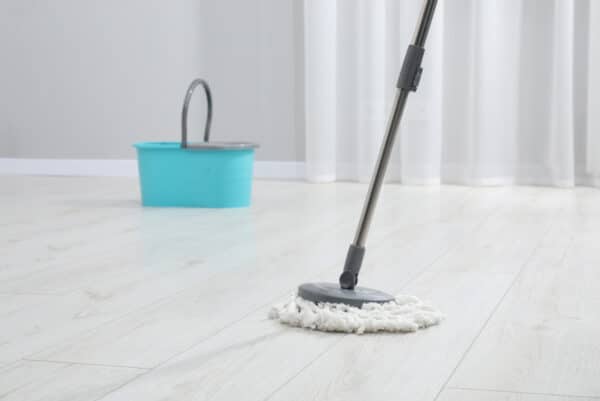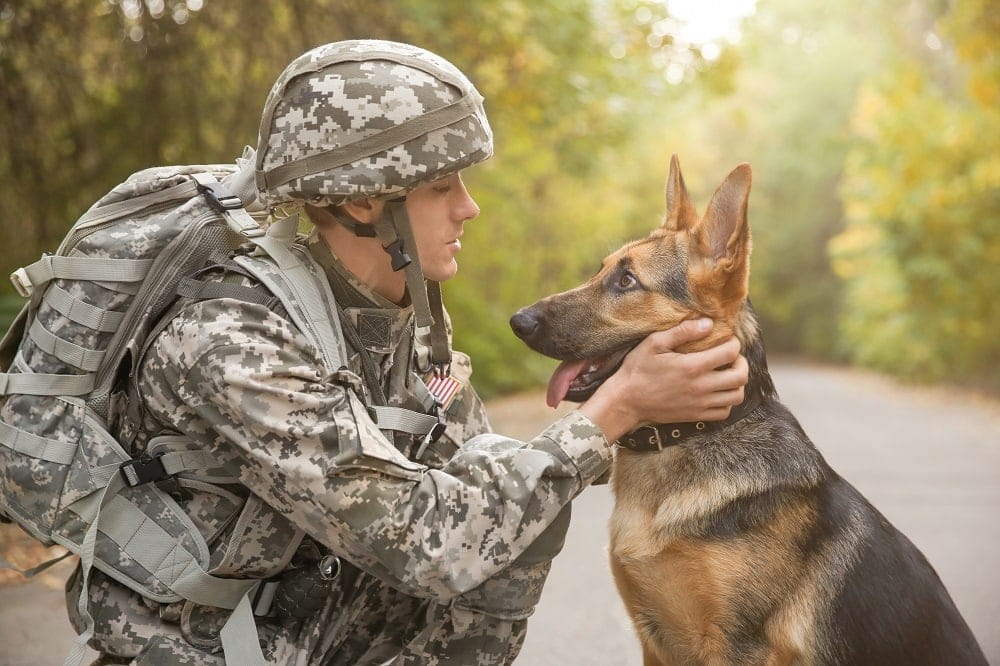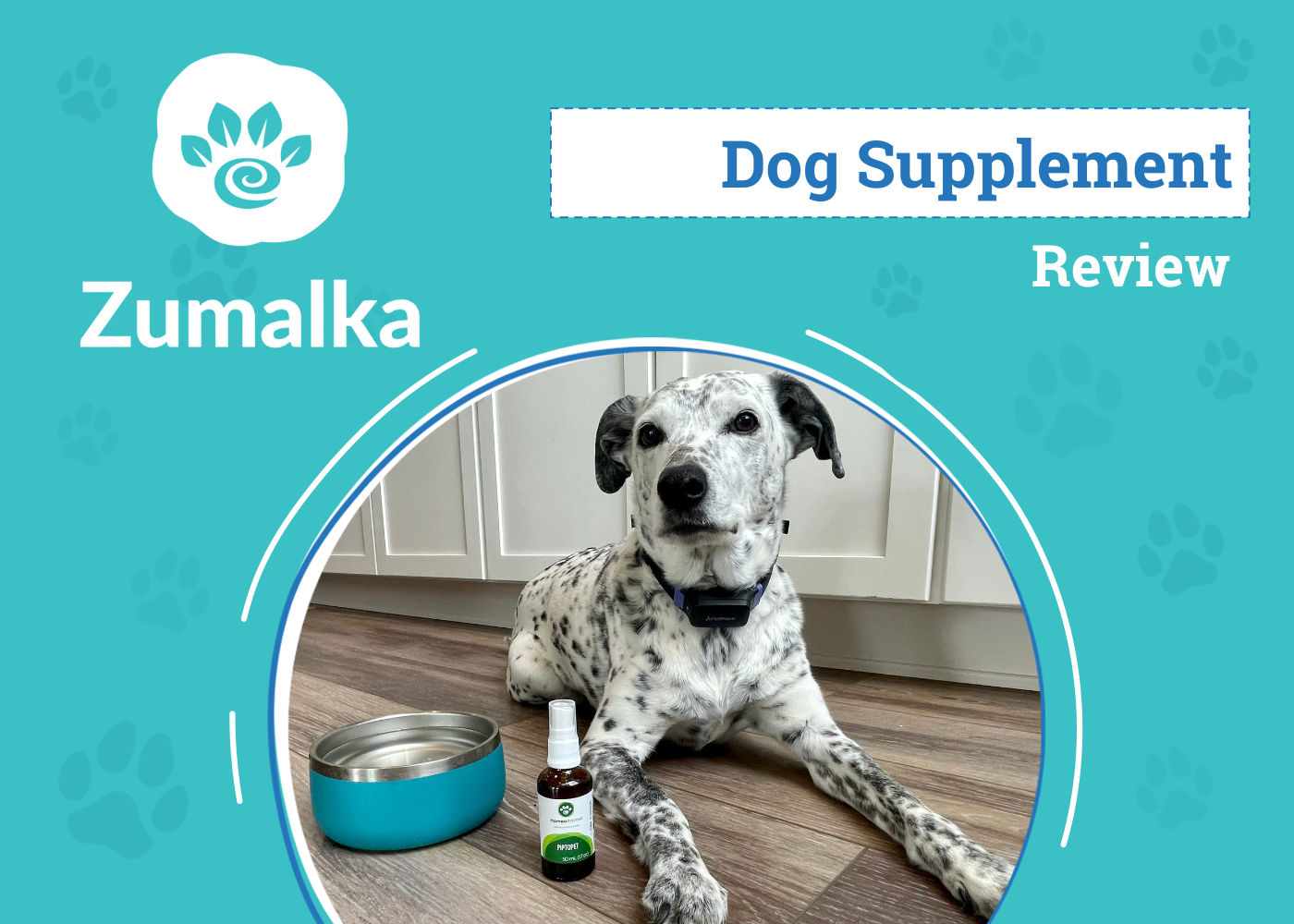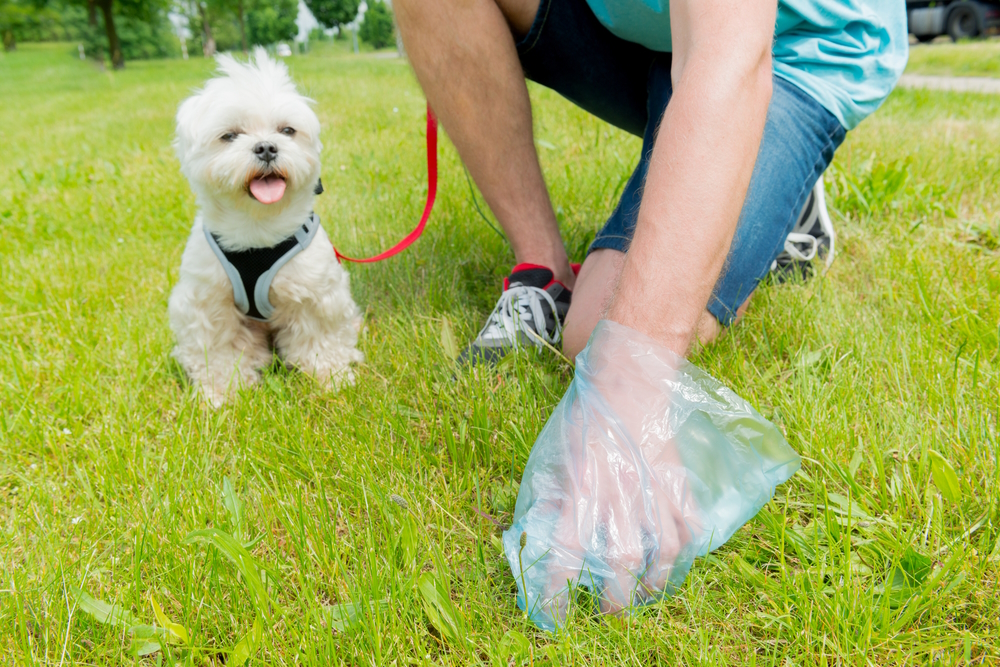While dog owners experience many fun moments with their dogs, cleaning up after them is one of the less glamorous parts of dog care. Dogs can get in all kinds of messes and eat things that upset their stomach, and it’s up to the humans to clean up their diarrhea or vomit.
When cleaning up dog diarrhea, it’s important to focus on two things: proper cleaning technique and veterinary care. Cleaning up dog diarrhea must be done carefully because it’s easy for stains to spread, and you must pay attention to disinfecting and sanitizing the area thoroughly. It’s also important to contact your veterinarian, as diarrhea can point to an underlying medical issue that requires immediate attention.
That said, here’s how you can clean up dog diarrhea safely and sanitaryly.
Preparation
Having the right equipment makes all the difference in cleaning up dog diarrhea. Make sure you have several microfiber towels and a gentle scrub that you can use to wipe up diarrhea. Diarrhea can contain bacteria and parasites, so it’s important to have protective gear, including face masks and rubber gloves.

How to Clean Up Dog Diarrhea in 6 Steps
1. Wear Protective Gear
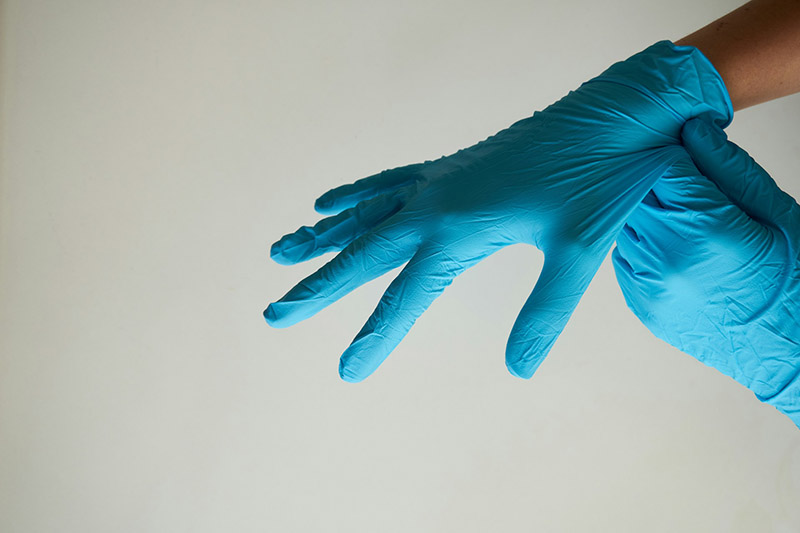
You may want to react right away and start cleaning up the diarrhea as soon as you see it. However, it’s important to put on protective clothing and accessories before tackling the mess because dog diarrhea can be infected with bacteria and parasites. So, make sure to put on a face mask and gloves. If you don’t have gloves that can cover your arms, wear a long-sleeved shirt to prevent any messes from getting on your arms.
2. Pick Up as Much as You Can
Since diarrhea can spread as you try to clean it, be careful when picking it up. Try to scoop inward and up to contain the spreading. You don’t have to be thorough with picking up the diarrhea in this step. Just pick up any solid pieces and do your best to clean up the remaining mess.
3. Let the Diarrhea Dry Out
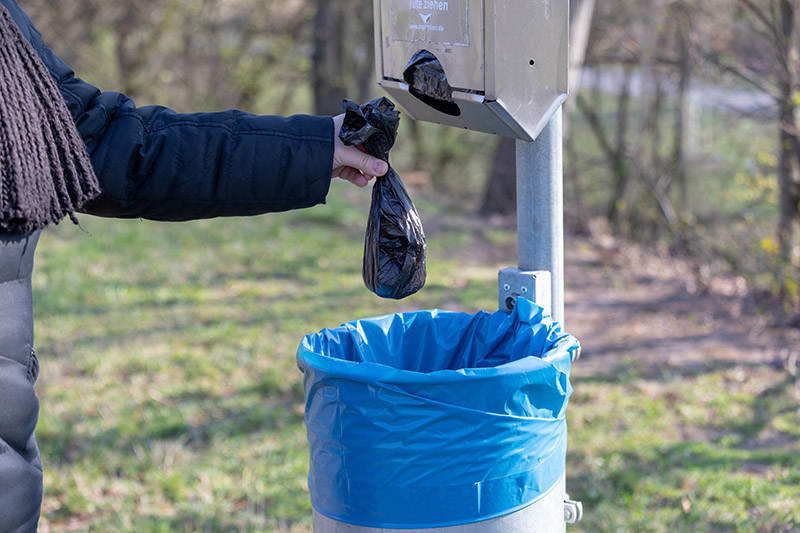
Once you’ve picked up as much as you can, let the stained area dry out. Letting the diarrhea dry out makes it easier to clean. You can use a disposable fork or a straight edge to scrape up the dried diarrhea and collect it in a trash bag.
4. Blot the Stained Area
Once you’ve cleaned up the bigger pieces, you can blot the stained area. Use a microfiber towel or a paper towel and press down gently on the stain to let the towel absorb moisture. Don’t rub the stain because it will only cause the residue to go deeper into the fibers of the carpet or fabric. This will make removing the stain much more difficult.
5. Spray Area With Stain Remover
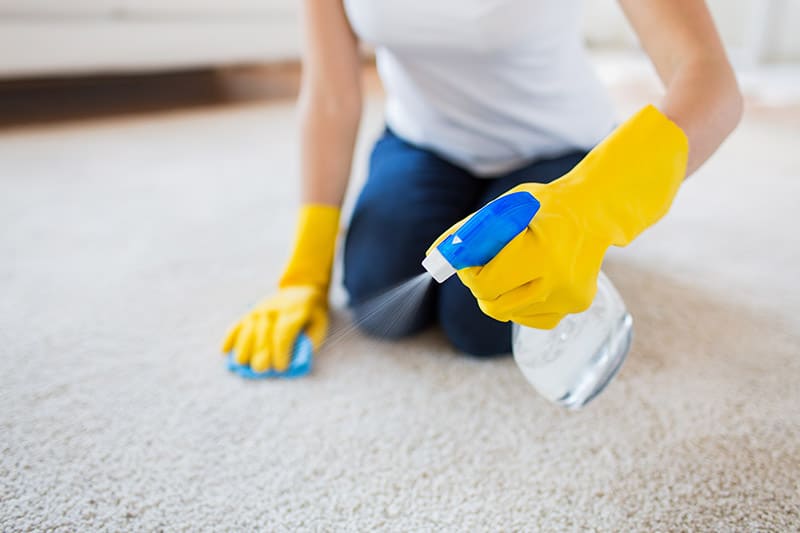
You should now just be left with the stained area. Spray the stained area with a stain remover. Make sure to coat the entire stain and give it time to soak into the diarrhea. When it comes to diarrhea stains, it’s best to look for a stain remover that contains enzymes in its formula. Enzymes help break down residue so it doesn’t cling to fabric fibers and makes wiping it up easier.
When you’re cleaning up with stain removers, make sure to continue blotting instead of scrubbing to prevent particles from getting trapped deeper into the carpet. You may have to repeat this step several more times to clean up the diarrhea stain completely.
If you are interested in an all-natural ezyme cleaner, our favorite is the Hepper Advanced Bio-Enzyme Pet Stain & Odor Eliminator Spray. It does an excellent job of successfully lifting set-in stains and odors the first time without odor masking. It's available in 3 light scent options - Neutral, Citrus Splash, and Floral Fresh. Best of all, it comes with a 100% satisfaction guarantee - click here to learn more.
At Dogster, we’ve admired Hepper for many years, and decided to take a controlling ownership interest so that we could benefit from the outstanding products of this cool pet company!
6. Disinfect the Area
Once the stain has been removed, make sure to disinfect the spot along with the surrounding area. Both wipes and sprays do a good job of sanitizing the area. Just make sure to cover every inch and leave the area to dry completely.

Conclusion
When cleaning up dog diarrhea, pay attention to prevent the stain from spreading. Allow the spot to dry so that you can pick up the waste more easily and blot instead of rubbing the stain. Make sure to use a high-quality stain remover and disinfectant to ensure the area is completely clean and sterilized. It’s also important to check in with your veterinarian to determine if your dog requires additional treatment or care after having diarrhea.
Featured Image Credit: New Africa, Shutterstock

